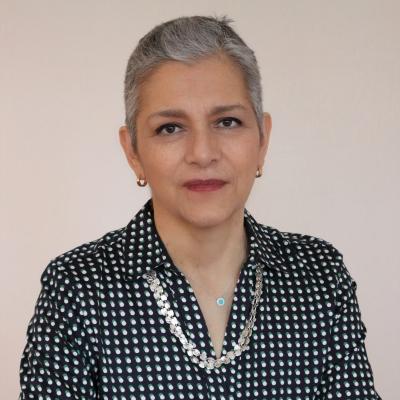For over two decades, diversitydatakids.org has examined how vast inequities in neighborhood conditions and resources make some neighborhoods and their residents more vulnerable to health problems and disease.
In the early 1990s, the U.S. was confronting the resurgence of tuberculosis (TB) fueled by the AIDS epidemic. Like today, TB and AIDS affected minority communities disproportionately. This was no accident. In New York City, for example, disinvestment in minority neighborhoods led to conditions that facilitated the spread of infectious diseases. One of the first analyses we conducted looked at the relationship between community poverty, housing overcrowding and isolation and the disproportionate concentration of tuberculosis in minority communities.
Sadly, we have come full circle. More than two decades later, COVID-19 is having devastating effects in minority neighborhoods. Again, this is no accident. Racial and ethnic inequities in COVID-19 are related to a higher prevalence of preexisting conditions and lack of health insurance; to low-wage employment and poverty, which prevent people from being able to stay at home because they cannot afford it; and to higher levels of density and overcrowding. All these factors, which put people at a higher risk of contracting and dying from COVID-19, have a clear geographic and racial/ethnic pattern. These factors are highly concentrated in neighborhoods where black and Hispanic people live. This reality of segregation and stark neighborhood inequities has fueled shocking inequities in AIDS, TB and other infectious diseases. Today it fuels inequities in COVID-19.
"Factors which put people at a higher risk of contracting and dying from COVID-19 are highly concentrated in neighborhoods where black and Hispanic people live. This reality of segregation and stark neighborhood inequities has fueled shocking inequities in AIDS, TB and other infectious diseases. Today it fuels inequities in COVID-19. "
In January, we launched our new Child Opportunity Index 2.0 to measure and map child opportunity in all 72,000 neighborhood in the U.S. Our first analysis of the data showed stark inequities between neighborhoods that are often just a mile or two away. We don’t yet have data to examine the relationship between child opportunity and the prevalence and mortality from COVID-19, but we suspect that if we could, we would see a high concentration of cases and deaths in very low-opportunity neighborhoods. We have seen that same pattern when we examined neighborhood opportunity and life expectancy, child disability and other health outcomes. We know that segregation and neighborhood inequities lead to an unfair concentration of health vulnerability in minority communities.
When we can start rebuilding and recovering from this crisis, we cannot afford to forget the lessons of the AIDS and TB epidemics. Children and families in all neighborhoods need conditions and resources where they can thrive during normal times. When a crisis strikes, neighborhoods should provide all children and their families with a fair chance to survive. But in the U.S. today, black and Hispanic people are much more likely to live in neighborhoods where they face an increased risk of disease and death. We must do better.
Going forward, public health departments and hospitals, community leaders, planners and policymakers can use the Child Opportunity Index to understand existing patterns of heath inequity, focus their efforts to mitigate the impacts of the COVID-19 pandemic to prevent existing inequities from deepening, and consider how to reduce inequities in the post-pandemic period.
"In the U.S. today, black and Hispanic people are much more likely to live in neighborhoods where they face an increased risk of disease and death. We must do better."



